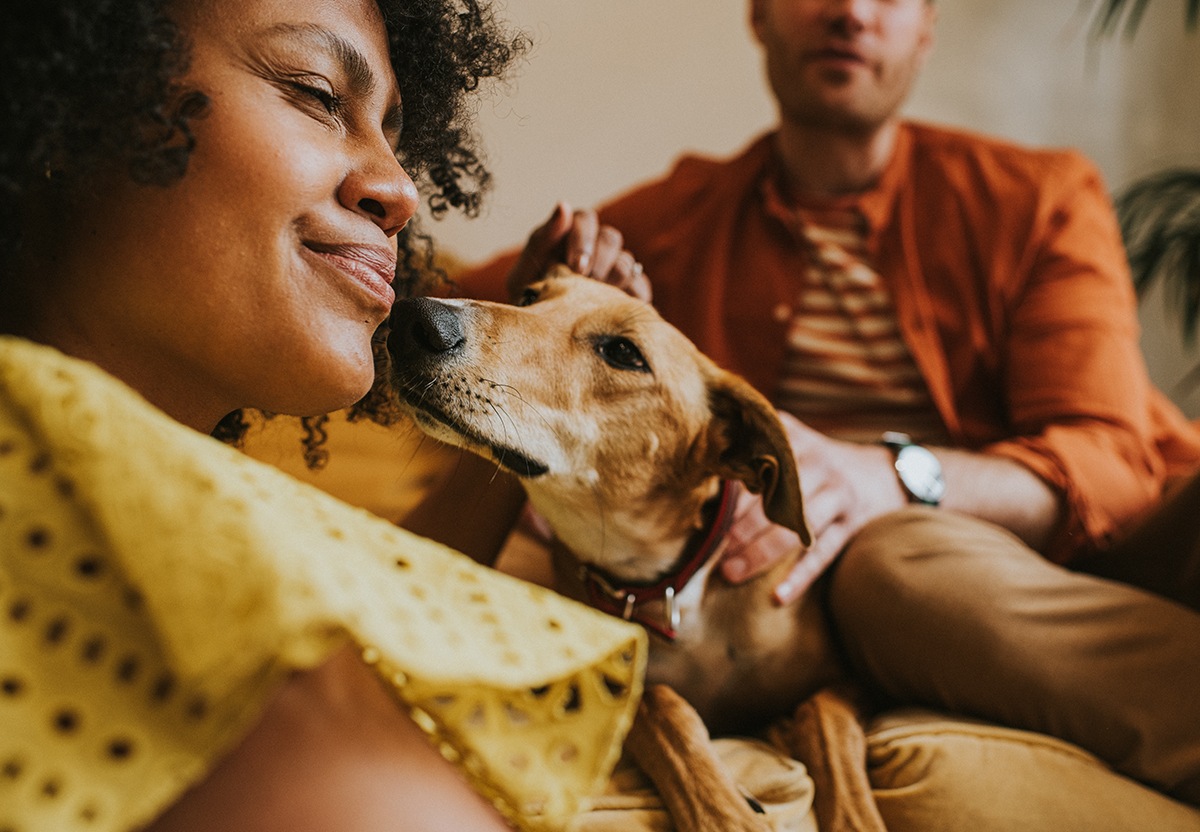- September 8, 2022
- No Comment
- 5 minutes read
Preventing Monkeypox Transmission Between People And Pets – Texas A&M Today – Texas A&M University Today

The first confirmed case of monkeypox in a 4-year-old greyhound appears to verify that the viral disease can also be transmitted from humans to dogs. Dr. Lori Teller, a clinical associate professor at the Texas A&M University School of Veterinary Medicine & Biomedical Sciences, discusses some of the precautions owners should take to prevent the transmission of monkeypox to their pets, the symptoms to look out for, and how to continue providing care for a sick pet as safely as possible.
“Pets can become infected with monkeypox via close contact with an infected individual,” Teller said. “This can happen when a pet snuggles or sleeps in the same bed as someone who has monkeypox. The pet is at risk when exposed to the skin sores or respiratory droplets of the infected individual.”
The risk of a person catching monkeypox from an animal remains low, according to Teller.
“It is much more likely that a pet will catch monkeypox from a person rather than a person catching it from a pet,” she said.
As with many infectious diseases, the best way to prevent further spread is to minimize physical contact. For those infected with monkeypox, this includes minimizing contact with pets.
“If a human in the household contracts monkeypox and the pet has not been in contact with the person, it will be important to avoid contact for 21 days,” Teller said. “If they have been in contact, then the pet should be monitored for symptoms over the next several weeks.
“Whenever possible, a non-infected person in the household should care for the pet,” she said. “If an infected person is the only one who can care for the pet, they should use good hygiene by washing their hands before caring for the pet or handling food or bowls, and wear long sleeves, pants and a mask while providing care for the pet. Also, make sure your pet cannot come into contact with contaminated clothes or linens that have been used by the infected person.”
Teller said that the symptoms of monkeypox in pets appear similar to those in people and can include skin lesions that look like blisters or pimples, fever, cough, inflamed eyes, swollen lymph nodes and a runny nose.
However, Teller also highlighted that only one case of transmission from owner to dog is currently known and these symptoms are common to a variety of pet diseases.
“If your pet is exhibiting symptoms of monkeypox, the first thing to do is to contact your veterinarian,” she said. “Try to keep your pet away from other people and animals in the household, if possible, to minimize the potential for further spread.”
While this separation may be difficult to maintain, it is especially important if others in the household are immunocompromised, pregnant, younger than 8 years old, or have underlying health conditions.
Even during this stressful time, owners can still find ways to provide comfort and reassurance to a sick pet.
“Owners can wear protective gear when interacting with their pets, identify special toys or treats that can be easily cleaned to entertain their pets, and follow their veterinarian’s instructions to ensure the pet stays otherwise healthy,” Teller said.
As for contaminated items, she said things such as bedding, bowls, and toys should be washed thoroughly or replaced.
“These precautions help to maximize the safety of everyone within a household, both people and pets,” she said.
Media contact: Jennifer Gauntt, [email protected]
The disorder leads to developmental delay, speech impairment, movement or balance disorders, and seizures.
A Texas A&M study sheds light on a “major” health concern for a population already facing bone density loss.
The findings present a shift in the thinking of how regeneration could work in human medicine.
The finance and business honors senior says he’s eager to help students enjoy the Aggie experience to its fullest.
Leading experts from research universities and federal agencies gathered at Texas A&M to discuss how to better protect the nation from high-consequence pathogens that harm livestock and wildlife.
The campus community celebrated the new 20-acre outdoor space ahead of Saturday’s win over Sam Houston State.
Subscribe to the Texas A&M Today newsletter for the latest news and stories every week.

